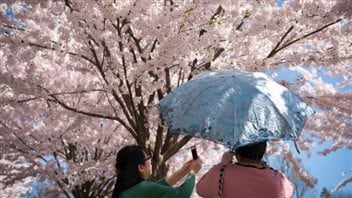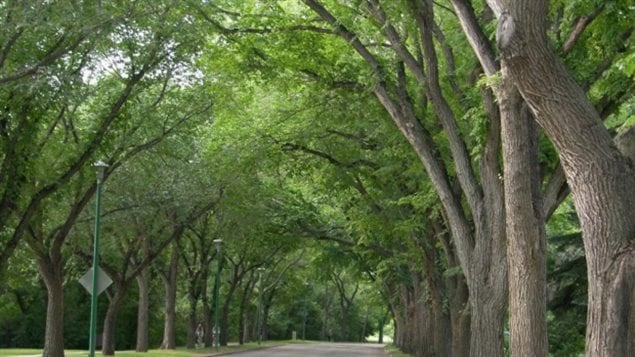There are a million reasons to love trees, those perennial plants that rise from the ground, come in all shapes and sizes, whose branches grasp at the sky.

One needs only to settle briefly under one on a peaceful summer day for a reminder of how wonderful life can be.
They can be magical and, now, a new study strongly suggests they can be a whole lot more than balm for emotional wounds or companions on a joyous spree.
Researchers at the University of New Brunswick have unearthed compelling evidence that trees help us live longer and they have some sturdy data to support that premise.
Their study, published in this month’s issue of The Lancet Planetary Health, shows a clear link between green surroundings and the chances of living a longer life, at least for those living in cities across Canada.
While previous studies have shown that exposure to urban green spaces and parks can improve mental health, the UNB researchers say this is the first time a clear link has been shown between green surroundings and a lower risk of premature death.
Using census, tax and satellite data, the researchers tracked 1.3 million non-immigrant Canadian adults living in the 30 biggest cities across Canada for 11 years, beginning in 2001.
Measuring the amount of greenery from trees, shrubs, grass and other plants within 250 metres of the study subjects’ homes, they found that as the amount of greenery increased, people’s risk of premature death decreased–by eight to 12 per cent.

The researchers also found the positive green effect varied with circumstances–it was greater for middle-aged people than for other age groups, greater for higher-income people and greater for men than women.
The study offered no conclusions on why that was so or why the greenery had the effect it did, measuring only rates of mortality.
Nor, did they estimate how much longer someone might live with regular exposure to green spaces
But the facts, they say, speak for themselves.
Leading the study was Dan Crouse, a Research Associate in the University of New Brunswick’s Department of Sociology and a Epidemiologist at the New Brunswick Institute for Research, Data, and Training.
I spoke with him by phone at his office at the University of New Brunswick on Friday.
ListenI think that I shall never see
A poem lovely as a tree.
A tree whose hungry mouth is prest
Against the sweet earth’s flowing breast;
A tree that looks at God all day,
And lifts her leafy arms to pray;
A tree that may in summer wear
A nest of robins in her hair;
Upon whose bosom snow has lain;
Who intimately lives with rain.
Poems are made by fools like me,
But only God can make a tree.
Joyce Kilmer, 1913
With files from CBC, Global News, Huffington Post







For reasons beyond our control, and for an undetermined period of time, our comment section is now closed. However, our social networks remain open to your contributions.